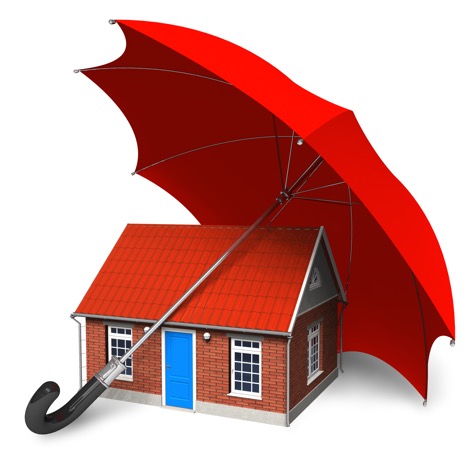Waterproofing Tips

- Are your down spouts working properly and are they sufficient for your house. An installer may have used too small of a downspout or not installed a sufficient amount. This can cause water to gush over the top of your trough and fall directly at the wall of your home, causing water issues. Provided that the downspouts are sufficient, check to see if they are directing the water away from your home and not just pouring out along your basement wall.
- Something to consider when looking at your yard is the different types of surfaces it contains. Concrete and asphalt are non-porous and create run-off. If this water is not controlled, or directed, it also can create water hazards from infiltration or freezing. Sealing along the side of your house where the side walk runs is a good place to start. Over time walkways can shift or crack causing gaps that will allow water to find its way to your footing. If your weeping tile system is weak it my cause water issues.
 An interlock sidewalk or paving stone walkway tends to disperse the water and does not create such a run-off situation. Always remember you cannot stop water. You can only redirect it!
An interlock sidewalk or paving stone walkway tends to disperse the water and does not create such a run-off situation. Always remember you cannot stop water. You can only redirect it!- Exterior drains can be installed (in some cases) around your yard to carry water away from a problem area, such as near a back door, a patio or at the bottom of an exterior stairwell.

 An interlock sidewalk or paving stone walkway tends to disperse the water and does not create such a run-off situation. Always remember you cannot stop water. You can only redirect it!
An interlock sidewalk or paving stone walkway tends to disperse the water and does not create such a run-off situation. Always remember you cannot stop water. You can only redirect it!